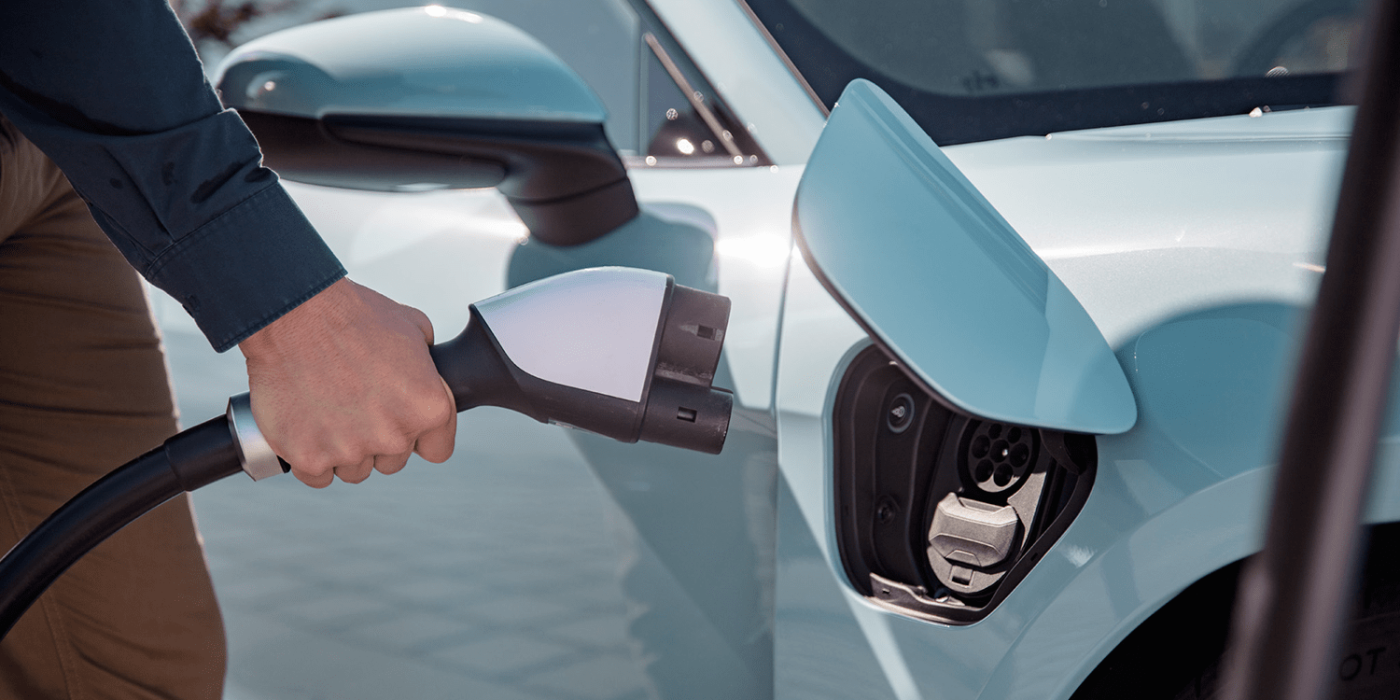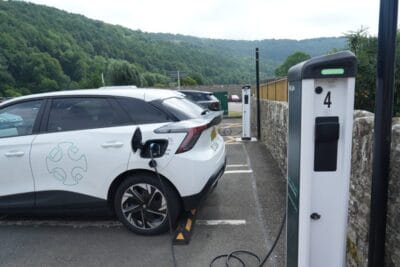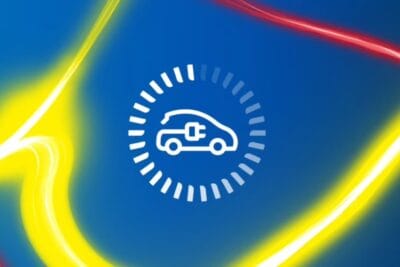10 tips on how to make it (or not) in the electric vehicle charging business (part 1/2)
Deficient business models and a hardware-intensive struggle for locations: Looking back, the former Hubject boss Thomas Daiber sees the ramp-up of the e-mobility charging infrastructure as a permanent turning into dangerous dead ends.
These wrong turns also include current trends such as the industry’s rather foolish focus on the smallest piece of the cake – public charging. So while there is hope in learning from “history” however brief, in the first part of his guest contribution below, the ex Hubject MD and now founder of the venture consultancy Cosmic Cat Group Thomas Daiber expresses painful and polarising truths.
* * *
“There is no money in EV charging.” – EV charging company in the year 201x
For the last decade, this has been a recurring mantra across all sectors in the field. Nevertheless, new EV charging companies have been shooting up like mushrooms – particularly in Europe and China.
And the market consolidation predicted to take place in the middle of the 2010s is still a long time coming.
As a result, market roles, strategies and interdependencies in this hyper-connected field remain mostly unclear to outsiders. With politics and industry becoming more comfortable with the idea of the electric powertrain being the no.1 cure for our self-destructive fossil-fuel-filled transport system, the timing seems right to shed light on significant factors for progress and stagnation in this competitive market environment.
This article is based on personal experience I gathered during my time working for globally active automotive, energy, software and consulting companies over the last ten years. The text shares ten observations on why some companies are on their way to creating a scalable and sustainable business, while others are still struggling to find their sweet spot in the dynamically changing EV charging ecosystem.
Note: Of course, the three leading electric vehicle markets, namely the EU, USA, and China, heavily vary in structure, competitive pressure and market fragmentation. I am sure though that there are common universal patterns which have triggered fast progress and dangerous gridlocks. But one thing at a time.
#1 Reason for failure: The Swiss pocket knife portfolio
About formerly promising charging startups becoming software development houses rather than scaling their product.
“Simplicity is the ultimate sophistication.” – Leonardo DaVinci.
One widely accepted reason that digital ventures from the United States and China have the edge is their ability to focus on simplicity. This popular wisdom may originate from culture and tradition, and it affects not only the structure of product portfolios but also the ability to be customer-centric and display excellence in this area.
With money and manpower limited, focusing on doing one thing really well rather than attempting to be a jack of all trades is the way to go for a new business. However, the majority of the European EV charging participants became entrenched in their bloated multi-layer ecosystems: planning, installation, asset management, operations, maintenance, CPO and EMP backend, smart charging service and V2G, dynamic pricing, multi-service architecture and APIs… The list is not exhaustive. And this holds for B2B, B2C, and B2B2C.
The race is on. You need to sharpen your blade to keep up with the competition.
If you’re busy juggling balls or customising your solution to suit too many individual clients, you could lose speed dramatically. Whilst you continue to work this way, it is hard to build mindshare in a particular business niche with the aim of distinguishing your product from others. Let’s face it; you will end up becoming a random project house for software or hardware development, not the cool venture you dreamt of becoming when you first started your business.
Most EV charging companies built the Swiss pocket knife before they understood how to develop a simple bottle opener. Meanwhile, ambitious competitors focus on developing razor-sharp blades. Eventually, we find more immature pocket knives than single blades in the market, which makes it even easier for highly-specialised ventures to compete. Remember: Amazon started selling books online, PayPal became successful by creating a niche as a digital payment provider for eBay – then they set sail to conquer the world.
But what can be considered a “sharp blade” in the EV charging sector?
Well, if you merely follow the talk-of-the-town, you already might be too late. But to give you an idea of the three best practice market approaches, take a closer look at ‘success factor #1’ further down in the second part of the article next week.
#2 Reason for failure: The interoperability dogmatist
About considering interoperability and technology stacks as a religious war instead of a way to make your customers happy.
How to get access to chargers that are deployed by other operators? Go with a centralised roaming platform or connect P2P? Maybe use a blockchain (because it is hip)?
The interconnection with other EV charging players that might be your competitors has been one of the most polarising topics of recent years. Many companies have claimed the software gateway to provide interoperability as their battlefield of choice. They have put a lot of time and effort into the religious “war of words” on roaming protocol standards and possible market models. As they were putting all their energy into this holy crusade, they forgot that their end-users still couldn’t use a single station from third-party CPOs via their EMP solution.
In the meantime, tech-agnostic service providers found a pragmatic way by leveraging the interoperability solutions that were there and functioning (Hubject, Gireve, OCPI, centralised, decentralised, open standards, proprietary API for example). The result of this approach was a fast(er) network coverage, happy customers and eventually, a stronger market position.
Are the existing interoperability solutions such as roaming platforms or P2P protocols already perfect, and is that the end of the story? Not by far. Is the mix of parallel interoperability standards and frameworks destabilising your IT ecosystem and creating an overhead? Probably so.
However, they say getting something done to the best of your ability is better than failing to do so because you want it to be perfect, and the market is evolving rapidly. Your competitors might be more decisive and less idealistic. So better walk the talk.
TAKE-AWAY NO.1 – OPEN SECRETS
Pssssst…! Early-stage investors are saying that newly found P2P blockchain charging startups are beating a dead horse. Just using a decentralised software architecture to cut out the middleman might be a fair strategy. But it is definitely not a value proposition that brings a direct functional benefit for your customer.
Besides, there are just way too many of them out there already…
#3 Reason for failure: The public charging tunnel vision
About the consideration of the public EV charging business as the biggest piece of the pie.
In the continuing public discourse on how to charge an electric vehicle, the main object of reflection has been public charging. The lack of public chargers has often been (mis-)used as the biggest justification for the slow rollout of electric cars and the long-lasting hibernation of the traditional auto OEMs to switch to an electric powertrain. This has put public charging in the spotlight for many years.
In nine out of ten charging business cases I have seen over the course of my career, public charging has been considered as the no.1 revenue stream. While both the size of electric car batteries and the provided charging power of charging stations are continually increasing, the characteristic use case for public infrastructure is about to change without prior notice drastically.
Higher range and shorter charging times increase the utilisation of a charger up to factor 15X. With the rollout of ultra-fast chargers and the number of car batteries which can take up to 350+kW, less public stations will be needed in comparison to the number forecasted by experts and politicians.
TAKE-AWAY NO.2 – MATHEMATICAL DIGRESSION (MAGIC NUMBERS):
Let us do the math and take the example of Germany: for 48 million passenger cars, you currently find 14.k fuel stations across the country. The German government calculated demand of one million charging stations for 6 million electric vehicles for the year 2030, without further specifying what type of charging station and use case.
It is rather unlikely that this number is consistent, given that you believe in the further rollout of DC ultra-fast chargers and a charging use case that more and more converges to what we use when fueling up a combustion engine car.
So where is the money in EV charging?
Besides the first pillar of public charging – home, workplace and electric fleet charging have been the main business drivers for successful players in EV charging. Probably every company in the industrialised world will have to electrify their fleet within the next five years at least partially.
Different studies calculate a market potential of up to two-digit billion dollars – for the electric fleet software alone.
#4 Reason for failure: The field sales opportunist
About customer segmentation and qualifying distribution channels in order to set up a mighty sales funnel.
What is your most relevant target group, and why? What does your ‘dream buyer’ look like? Who are your A-customers that make 80% of your business? Which sales channels can gain sufficient access to these customer groups? What are your inbound channels for generating and qualifying leads? Are you focusing on B2B or B2C business?
You might think that these are basic questions. Both entrepreneurs and sales managers must have convincing answers right from the start. In the emerging EV charging market in which even small municipal utilities offer their charging solution, your sales strategy and leveraging the right distribution channels becomes even more critical.
What seems to be significant about the EV charging industry is that many companies never pass the first stage of an opportunistic sales approach. As any prospect may be a good prospect, the lead generation is not focused and generates too much chaff and not enough wheat.
Don’t get me wrong. It might in fact make sense to go with the flow at the very start of your new business. An opportunistic sales strategy is better than no strategy at all, and it helps to get a feeling for the market and your future customers. However, the fact that companies dramatically overestimate their market position can be considered another characteristic attribute of the EV charging market. Companies tend to think that customers will find them due to their extensive professional network or a dominant position that derives from the core business.
My personal opinion is that this “magic inbound idea” might only work in a market where either the brand, community or product is far superior to that of competitors. Plus, you should already manage to set up the right inbound channels to market your product (take Tesla’s Model S or Apple’s iPhone as examples).
#5 Reason for failure: The (corporate) hamster investment
About strategic acquisitions as a fig leaf to cover the fact that you have not done your homework for years.
How to strategically secure the evolving EV charging value chain and find your place in it? The first step is probably to understand, deconstruct and finally position your company in what you consider to be the epicentre of the value creation for your envisioned future business. Of course, this is easier said than done – in particular for companies with a commodity or hardware background and a limited track record in ramping up businesses with a digital edge.
Some car, oil and energy companies have made early forward-facing decisions to not only understand these new businesses but even become an active part of the value chain by creating their solutions. Why did most of these approaches fail before they even started? Besides the cultural deficits of organisations that have been focusing on maintaining rather than creating for more than a century, the lack of internal expertise in these new disciplines is probably part of the answer. All spiced up with the immodest self-conception of a very thriving industry that has unlearned to learn. Eventually, the dedicated organisations and spin-offs were often put way too close to the mothership and have been instantly stuffed with corporate dinosaurs in the executive team. Of course, the exception proves the rule.
As it often takes years to acknowledge this failure, the competition has rushed off even further into the distance. Finally, there is no other option than either to acquire companies with the desired skill set or at least find a suitable supplier. Due to the lack of first-hand market experience in these corporate organisations, it is hard even to identify which company is the perfect target. At the same time, internal political pressure increases every day. The final result is what many have called the ‘corporate panic buying mode’. It leads to an investment and supplier portfolio, which is characterised by strategic inconsistency and redundancies. In retrospect, of course, these failures are labelled as conscious ‘2nd source strategies’.
>> The second part of this article that covers five success factors in the EV charging business was published on Thursday, 30 April.
The text builds on the presentation that Thomas Daiber gave at the first online conference ‘electrive.net LIVE‘ earlier this week (in German).
 About the author
About the author
After working for Daimler, EnBW and Porsche Consulting, Thomas Daiber was Managing Director of the roaming joint venture Hubject for several years. In spring 2019 he launched the training label MOBILITY MASTERS and founded the Cosmic Cat Group, which sees itself as an independent strategic consultancy and venture builder for new mobility. The Berlin-based company develops strategies, product concepts and expands entire organisations in all-new core disciplines of transport.








 About the author
About the author


0 Comments